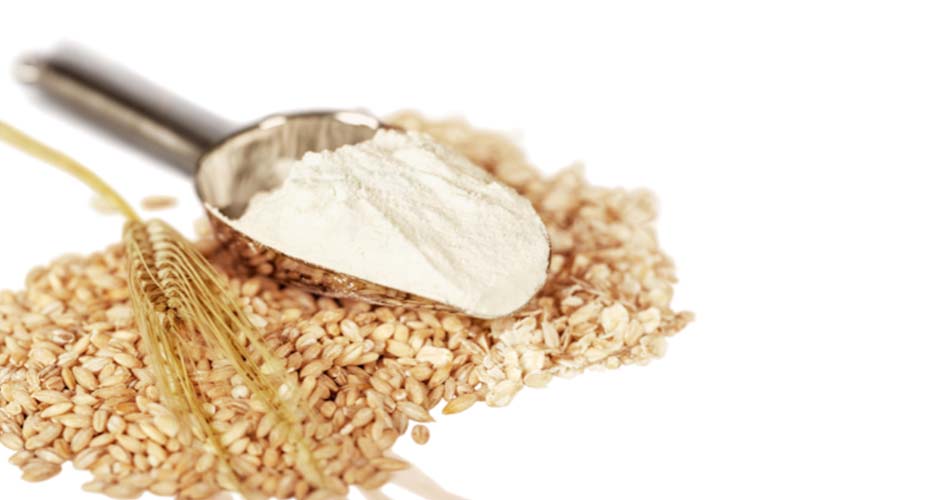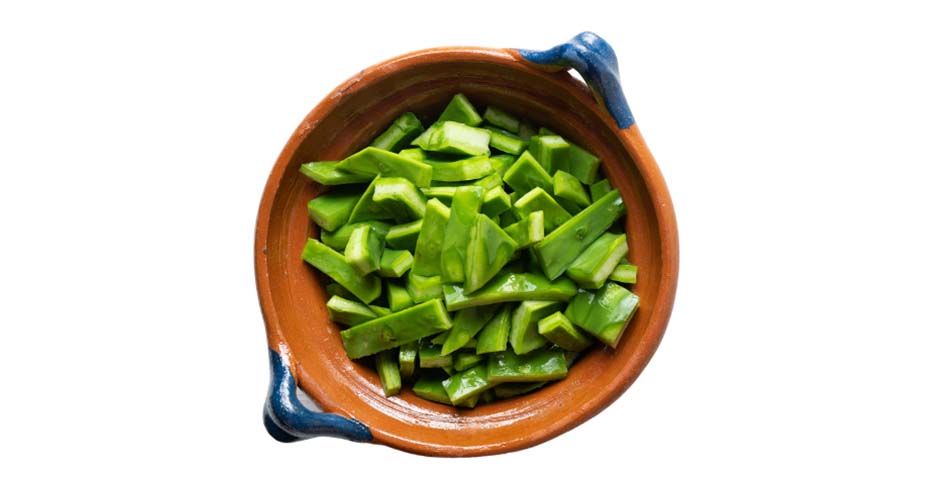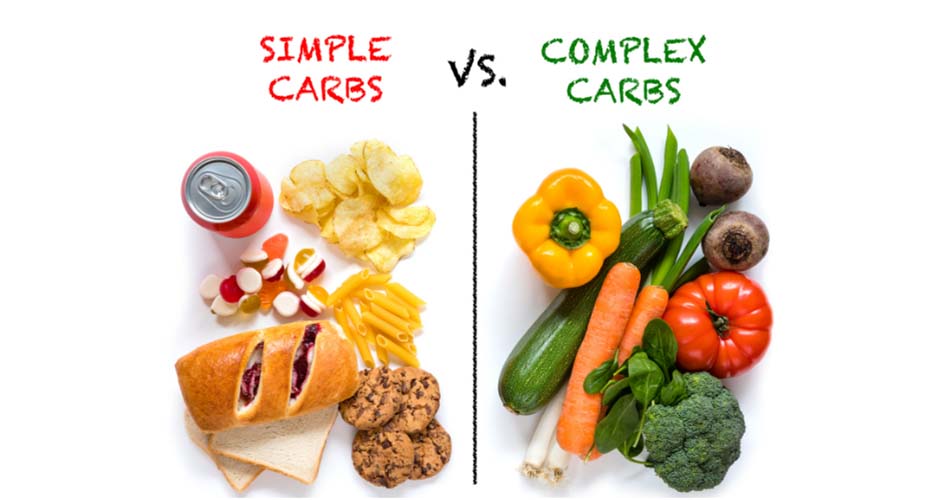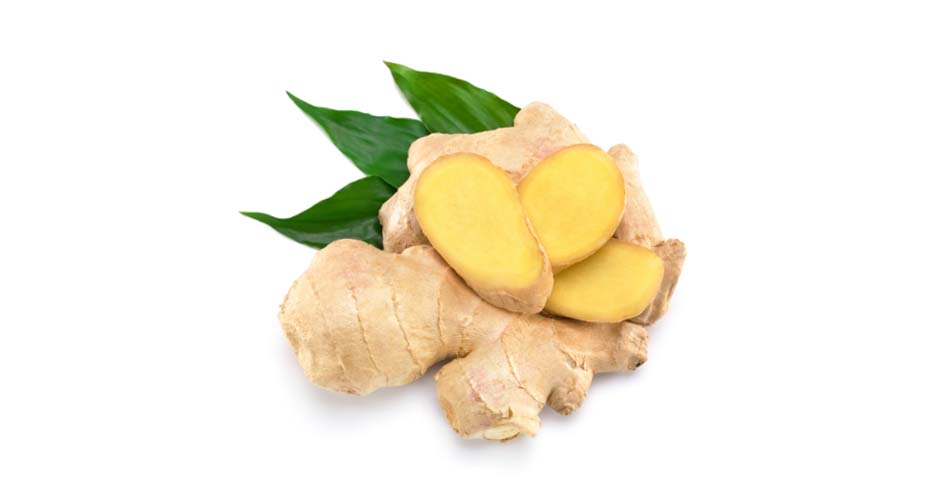
You probably know that high blood sugar is called hyperglycemia, associated with diabetes. Whether you have high blood sugar levels or are still at the stage of prediabetes where your blood sugar is also high but not as much, it’s always good to take care of those levels and try reducing them!
Insulin is the most important regulator of blood sugar levels – that’s the hormone allowing your cells to use the circulating sugar in the blood. Thankfully, there are now many ways to handle your blood sugar levels and lower them. Multiple factors can lead to changes in those levels, but today we’ll share with you all those foods and tricks to help you naturally lower blood sugar levels!
It’s time to start living healthy and think about your body for not only what it looks like, but how it feels like. To improve your lifestyle and start taking care of diabetes or possible diabetes, here is how to manage the blood sugar levels with food naturally!
1. Fiber and barley

The main reason most foods are recommended for regulating glucose levels in the blood is that they are rich in fiber. That’s why our first recommendation is to increase the fiber intake. Why does it work like that? Well, fiber slows digestion and sugar absorption, which helps stabilize the levels. Both insoluble and soluble types of fiber are important for improvement. We advise you to take around 30 grams of fiber per day for maximum results!
Barley is a high-fiber protein that supports the improvement of blood sugar. It’s easy to cook, there is no need for soaking, and it takes less than 15 minutes to be ready! That’s a quick way to take care of your health, isn’t it?
2. Cinnamon

Blood sugar levels can rise drastically depending on the size of a meal and its carbs. However, cinnamon can help with this right after the meal! Consuming 6 grams of cinnamon leads to slower stomach emptying and lower blood sugar elevations.
Not only that, but this magic spice also lowers cholesterol levels and increases insulin sensitivity! Still, be careful when using cinnamon, as adding it too much to your daily foods can be dangerous for consumption. Use cinnamon to fight diabetes by adding not more than 1.2 teaspoons daily.
- Unknown fact: Cinnamon doesn’t contain a lot of vitamins or minerals, but it does contain extensive amounts of antioxidants, which give all those health benefits.
3. Nopal

The nopal cactus, similar to cinnamon, is a rich antioxidant and has anti-inflammatory properties. Of course, it’s also rich in fiber which makes it great for managing diabetes. It’s good for lowering the levels of blood sugar as well as reducing insulin levels and fat compounds in the blood.
However, you might be wondering how to consummate this? Well, now there are some great new recipes for nopales. These pads of the pear cactus can be cooked with eggs or added to a healthy salad. They are also edible raw and can be made into juice, jams, or tea. By the way, they are not only healthful but also really delicious! If you are looking for a high-fiber diet for lowering blood sugar, this is the way to go!
4. Fewer Carbs

Unlike everything else that we recommend you increase, carbs are definitely something to reduce. That’s crucial for your health as the body breaks carbs into sugar (glucose), and this is later moved into the cells by insulin. A large number of carbs means issues with insulin function and rising blood sugar levels.
Still, remember that low-carb diets and no-carb diets are not the same! We simply recommend a lower intake of carbs in your daily meals. Prioritizing whole grains over processed ones can add more value to your health. Don’t forget that carbs are not only found in bread, potatoes, and pasta! You can increase your carbs intake by also adding too many sweets, dairy, and some vegetables, so be careful with them too!
5. Foods with a low glycemic index

Speaking of carbs, this glycemic index measures how fast your body absorbs them and how quickly they break down during digestion. Foods are divided into low, medium, and high glycemic indexes on a scale of 1 – 100.
We recommend you focus on lowering sugar levels naturally with a low index of 55 or less. Those are barley, oats, Greek yogurt, beans, legumes, and others.
6. Apple cider vinegar
There are many benefits to adding apple cider vinegar to your diet, and one of them is exactly managing blood sugar levels. It has a direct impact on the affection of the body’s response to sugar and insulin sensitivity. How it works is this ingredient delays the emptying of the stomach after a meal which leads to recusing the blood sugar levels.
In case you are not a fan of adding vinegar to your meals, you can try taking 2 tablespoons before going to bed, and will also improve your glucose levels.
7. Ginger

We’ve already shared with you how beneficial ginger is. It helps improve so many parts of our health that we might as well just take it every day! Well, lowering blood sugar levels naturally is no exception. Ginger can help with that too! Consuming it regularly will help reduce the levels and regulate insulin. Drink ginger with water 1 or 3 times daily, and you will soon begin to see the results yourself.
Taking care of our health is a big part of our daily routines, and each problem we might have has to be thought of in every aspect. Sure, there are medications and remedies for lowering blood sugar levels, but why not do that naturally? We all know how much more beneficial this will be!
Don’t forget to also stay hydrated by drinking water, staying active, eating frequently but in small portions, not skipping meals, and reducing stress. These are all additional ways to keep your health in check.

I enjoyed your article because it is direct and to the point. I didn’t have to wade through your personal agony column and I appreciated that.
Glad to hear that the article was helpful to you! 🙂
Wonderful web site. A lot of useful information here. I am sending it to several buddies ans additionally sharing in delicious. And obviously, thank you on your effort!
Thank you so much, dear! 🙂